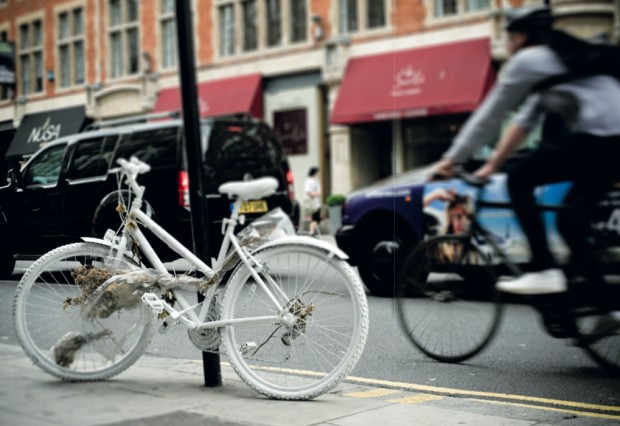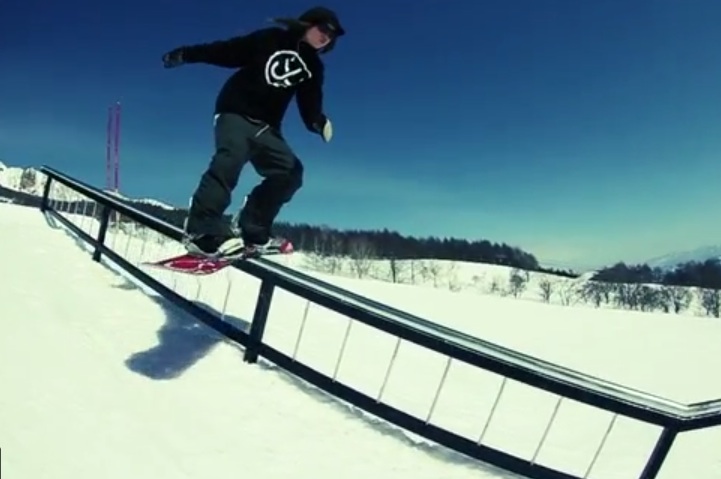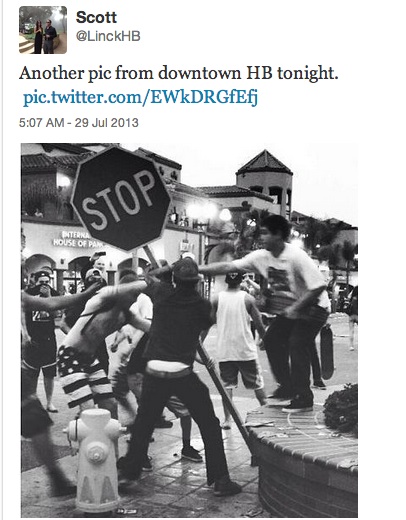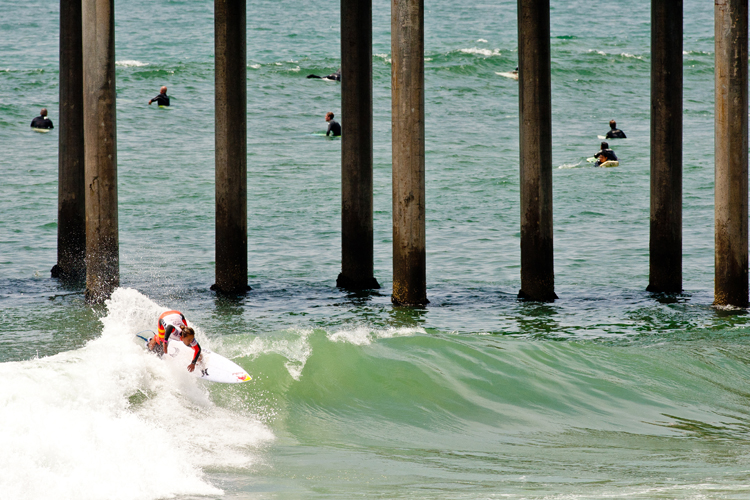
For this throwback thursday, we’ve dug out a feature from back in 2009, when first came across the mysterious white bikes that linger on street corners in big cities with even bigger traffic problems. While we haven’t seen them that much around anymore lately, the project is way to good to be forgotten, so here’s the lowdown on those sad memorials
Words by Posy Dixon, photo by Sam Ashley
The sad truth, if you live in a major city, is that you’ll have come across a white ghost bike at some point, and no doubt got goose bumps from the experience.
“It’s just a bike, a white bike. But it’s what else it means that is important.” – Leah Todd, New York Street memorial Project.
As a slightly obsessive cyclist, I’m intensely aware of the bike vs. motor battle, which takes place across the urban landscape. So the first time I saw a white “ghost bike” chained forlornly, tyres flat, to a railing on the Kingsland road, East London, I slowed down and stared. Somehow I instinctively knew what the bike meant. Later that week my assumptions were confirmed when I read a short article in the paper reporting the death of a young cyclist, hit by a car at the junction. The ghost bike memorial had been left in her honour. Over the next year I spotted more of these eerie junkyard memorials, each one hitting me with a fresh wave of emotion as I rode about the city. I felt compelled to find out who was behind these simple, humane memorials.
After some web-based searching, I got in contact with Leah Todd, a volunteer from the New York Street Memorial Project. They are a collective who work closely with the ghost bike initiative, providing a point of advice and reference for various individuals who work to construct, maintain and communicate ghost bikes. She was kind enough to share her experiences and knowledge.
The ghost bikes are incredibly moving and visually powerful – where did the idea come from?
We like to think of the project as a global movement. Its growth has been very organic but it can be traced back to St. Louis, Missouri when in 2003 Patrick Van der Tuin began the “Broken Bikes, Broken Lives” project. He witnessed a cyclist get hit while riding in a bike lane and left a mangled white bike at the site to raise awareness. The positive response led to his leaving several more bikes around the city at dangerous intersections. Meanwhile, in 2002, Jo Slota began the Ghost Bike art project in San Francisco painting abandoned bike skeletons he found locked up on the street. In 2004, Pittsburgh began a Ghost Bike project inspired by St. Louis, and in 2005, the idea spread to NYC, Seattle, Portland, London, and beyond.
So the concept of the ghost bike has just slowly crept across the world?
Pretty much. NYC began and maintains the ghostbikes.org web site, which has helped to expand recognition of the project globally. As more media coverage of the ghost bike phenomenon surfaced, other locations chose to create their own projects. There are currently ghost bikes in areas all across Eastern and Western Europe as well as the UK and Ireland, and beyond into Australia, New Zealand and Brazil. Each location has their own methods and goals, but all have in common the wish to create safer streets.
What are the main goals of the ghost bikes – as a memorial for the life lost or as a reminder to both cyclists and motorists to take care and be aware of bikes on the road?
Each city’s project, each bike, each creator of a bike, and each viewer has different intentions for and responses to the project. Some family members wish only to remember their loved ones while others want to influence public dialogue about street safety or push for improvements to the road. At the NYC Street memorial Project primarily we want to change the culture on our shared streets to foster a mutual respect and awareness among all the people who use them. With ghost bikes we aim to honour the life lost and also recognise the loss to their family and friends and provide a form of community support to them. Our final goal is to encourage cities to initiate improvements in engineering, education and investigation into crashes, that will in turn lead to better conditions on the road.
I’ve heard some people experiencing the bikes in a negative way, finding them morbid or off-putting to cyclists. What are your responses to these opinions?
Ghost bikes are meant to remember and honour the life that was lost. In a city that portrays preventable crashes as “accidents” and where the physical landscape seems to change drastically in short periods of time, remembrance can be a struggle. Whether or not a ghost bike appears does not change the fact that the crash happened. We choose to remember the person who was lost because we think everyone deserves to be remembered and we want to promote awareness so that these crashes stop happening.
One of the “eerie” things about ghost bikes is how they just appear. What is the process of a ghost bike being created and does anyone maintain or look after them?
While each project operates differently, the common features of a ghost bike tend to be the white-painted bike and a plaque, sign, or note. In NYC after a crash we take a junk bike, remove unnecessary parts, and buff, prime, and paint its entirety. We make plaques by cutting stencils and spray painting onto wood or metal signs. The bike is locked on site and the sign attached to a post or the bike itself. Different cities have different methods. Some bikes are created by a set of volunteers while others are made by family members in tribute to a lost loved one, sometimes as part of the mourning process. As far as maintenance, often family, friends, or a local advocacy group will take responsibility for the bike, yet sadly in some cases bikes are removed by the city or local business owners. We generally find bikes that are taken care of are more likely to remain. Some bikes last for years while some are removed within days. It’s a strange combo of love and luck.
What can make the streets safer for cyclists?
We want to change the culture on the streets to foster mutual respect and awareness. It’s this shift in attitude that will save lives, regardless of whether or not we have bike lanes on every road or less traffic in the city. Whether you’re a cyclist, driver, pedestrian, or other road user, being smart, respectful, and aware can truly save lives.
Tips for safe riding in the city
* Avoid the gutter. on narrow streets stick in the centre of your lane where you can be seen, even if that means holding up traffic.
* Never undertake lorries or other hgVs. Either overtake lorries on the right-hand side, or slow down and let them get ahead of you.
* Always assume motorists will turn left without indicating. Sad but true, it happens a lot so be ready for it.
* Watch out for other cyclists and pedestrians. It’s not just motors that cause accidents.
* Take the back roads. If you’re not confident in traffic, work out a quieter route where you can ride in your comfort zone.
* Get a helmet. It’s a personal choice, but in reality if you hit your head, it’s going to help.





